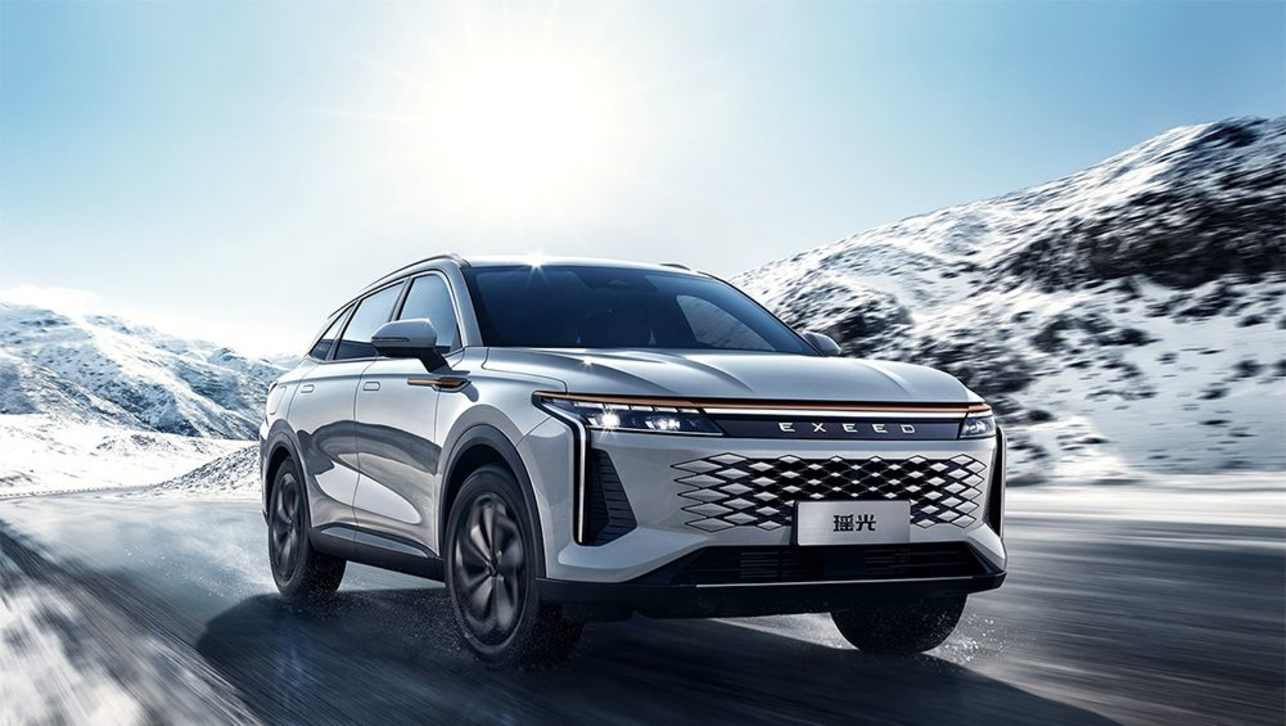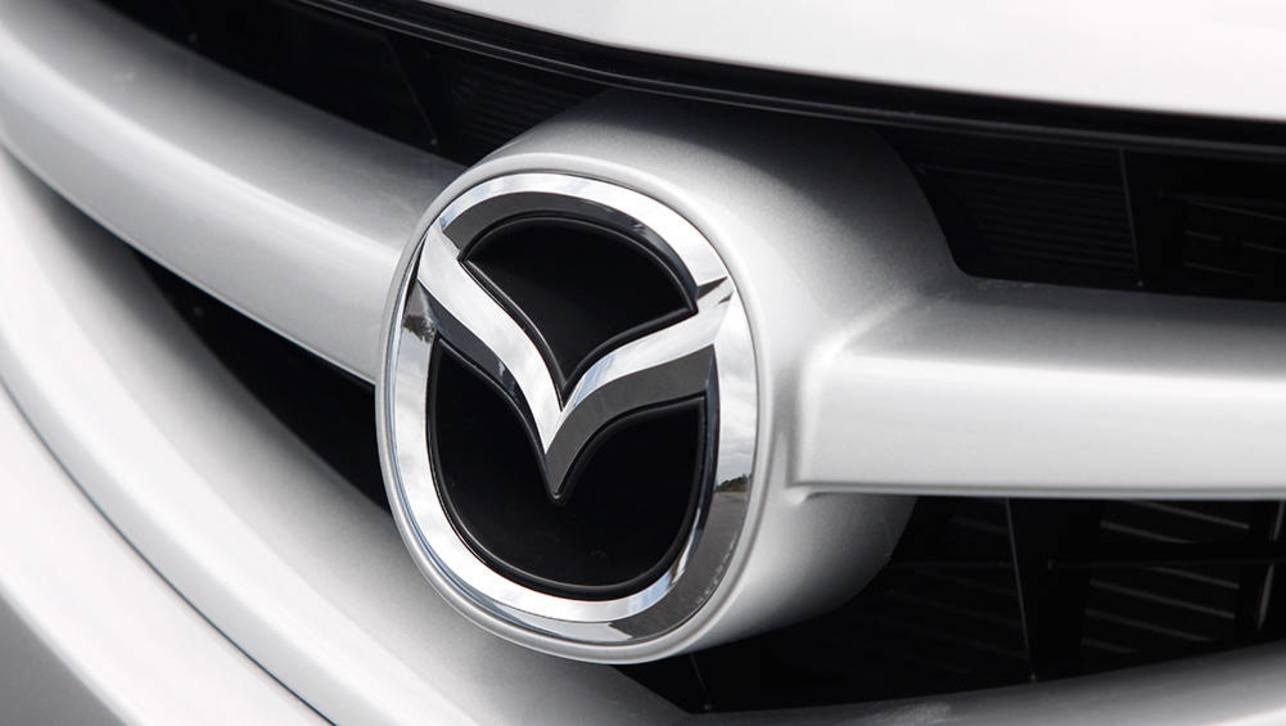The new Mazda3 MPS could have diesel power in a radical rethink of the Japanese brand’s hot hatch. The shock revelation was made in Japan overnight by the global boss of Mazda, Masamichi Kogai.
When asked about plans for the next Mazda3 MPS Kogai-san told Australian media on the eve of the Tokyo motor show: "The diesel engine has a very strong potential in the future … it’s a possibility."
It is unclear whether the diesel version of the MPS would be the only engine available or an alternative to turbo petrol power, as is the case with the Volkswagen Golf which offers a hot hatch with a choice of fuels.
But the 2.2-litre turbo diesel fitted to the CX-5 softroader fits neatly under the bonnet of the new Mazda3.
Either way, a hot hatch version of the new Mazda3 is still at least two years away.
Mazda is focusing its engineering resources into key models -- the new Mazda2 city hatch, the new CX-9 seven-seater SUV and the new MX-5 sports-car -- that will deliver sales volume and profit over the next two years.
A baby SUV dubbed "CX-3" has reportedly been put on the back-burner while Mazda focuses its resources on these other models, and is said to now be at least three years away, meaning Mazda will be late with an entrant in one of the fastest growing market segments globally.
The Mazda3 MPS is viewed by Mazda as a "nice to have, rather than a must have", say company insiders.
Although Mazda is hugely successful in Australia, it has struggled to make a profit globally in recent years and is in a transition phase.
It is one of the reasons Mazda fast-tracked the developed of the Mazda3 ahead of the Mazda2, because it generates more profit than its smaller sibling.
Meanwhile a rotary engine is still being considered for a hydrogen-powered Mazda or to be used as a range extender on an upcoming electric vehicle.
If the rotary engine is developed for these eco applications, it would open the door to being used in a sports car such as the modern version of the RX-7 or a successor to the RX-8.
But Kogai-san said there were still no firm plans for a resurrection of the RX-7 despite a strong desire to revive the iconic sports-car.
The Mazda rotary engine will celebrate its 50th anniversary in 2017, the RX-7 will celebrate its 40th anniversary in 2018, and Mazda as a company will celebrate its 100th anniversary in 2020.
Mazda built 811,634 two-seater RX-7 sports cars from 1978 to 2002, according to automotive history websites.
The four-seater RX-8, which had rear-hinged "suicide" doors on either side, notched up 192,194 sales between 2003 and April 2012, but was not deemed successful enough to continue with a new model.
Mazda says it has made more than 2 million rotary engines since the first rotary-powered Mazda Cosmo went on sale in 1963.
The rotary engine was phased out in 2012 because its fuel consumption was relatively inefficient, and the engine itself was expensive to produce and had limited customer appeal.







.jpg)

.jpg)

.jpg)

.jpg)

.jpg)

.jpg)

.jpg)


.jpg)




.jpg)


Comments